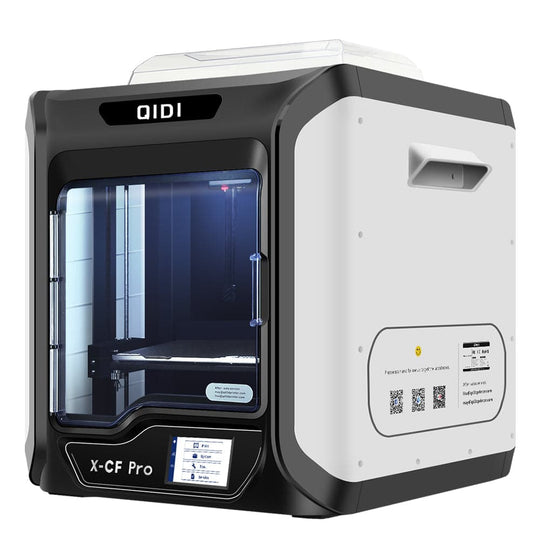Unlocking the Secrets: What You Need to Know About SLA and FDM 3D Printing!
In recent years, 3D printing has transformed from a niche technology into a widespread tool, revolutionizing industries such as manufacturing, healthcare, and even fashion. Among the various methods of 3D printing, two technologies stand out for their unique approaches: SLA (Stereolithography) and FDM (Fused Deposition Modeling). Understanding these technologies is crucial for anyone looking to venture into the world of 3D printing, whether for professional projects or personal hobbies. This article aims to explore the differences between SLA vs FDM 3D printer technologies, helping you determine which method aligns best with your specific needs and aspirations.

Understanding SLA 3D Printing
SLA, or Stereolithography, is one of the oldest forms of 3D printing technology, dating back to the 1980s. It operates by using a laser to cure liquid resin into hardened plastic in a precise layer-by-layer process. This method allows for remarkable detail and a smooth finish, making SLA ideal for applications where accuracy is paramount. For instance, in the dental industry, SLA is frequently used to create custom dental models and surgical guides due to its high precision. Similarly, the jewelry industry benefits from SLA's ability to produce intricate designs that can be directly cast into metal. Many of my friends who are hobbyists often rave about how SLA printers have transformed their ability to create detailed miniatures and prototypes that were once unimaginable.
Understanding FDM 3D Printing
FDM, or Fused Deposition Modeling, is perhaps the most accessible and widely used 3D printing technology today. It works by melting thermoplastic filaments and extruding them through a nozzle to build objects layer by layer. This process is generally more user-friendly and cost-effective compared to SLA, making it a popular choice for educational institutions and home users. The affordability of FDM printers, combined with the variety of available materials, allows users to experiment easily. For instance, my friend who runs a local maker space often uses FDM printers for prototyping various projects, from mechanical parts to artistic sculptures. FDM technology is also favored in industries like automotive and aerospace for creating functional prototypes due to its durability and ease of scaling.
Key Differences Between SLA and FDM
When comparing SLA and FDM, several key differences emerge, influencing which technology might be best suited for a particular application. Firstly, the materials used differ significantly; SLA employs liquid resin, while FDM uses solid thermoplastic filaments. This distinction leads to variations in print quality; SLA typically achieves higher resolution and finer details than FDM. However, FDM can be faster for producing larger parts, though the surface finish may require additional post-processing to achieve a smooth appearance. Cost is another crucial factor; FDM printers are generally more affordable, making them accessible for beginners, while SLA printers often have a higher upfront investment due to the complexity of the technology. Choosing between these methods often depends on the specific needs of a project—if detail is paramount, SLA may be the way to go, while FDM might be preferable for cost-effective, functional designs.
Choosing the Right Technology for Your Needs
Deciding between SLA and FDM technology can be a daunting task, especially for those new to 3D printing. It is essential to consider your project requirements thoroughly. If you need high precision and a smooth finish for intricate designs, SLA is likely your best bet. Conversely, if you are working on larger projects or functional prototypes where durability is crucial, FDM may be the more suitable option. Additionally, think about your budget—FDM tends to be more cost-effective, especially when considering the price of materials and maintenance. For beginners, starting with FDM can provide a less intimidating introduction to 3D printing, while professionals may benefit from having both technologies at their disposal to leverage the strengths of each as needed.
Summary of SLA and FDM Technologies
In summary, both SLA and FDM 3D printing technologies offer unique advantages and cater to different needs within the 3D printing landscape. SLA excels in producing highly detailed and smooth parts, making it ideal for industries requiring precision, such as healthcare and jewelry. On the other hand, FDM provides affordability and ease of use, making it a go-to for prototyping and educational purposes. As you explore the world of 3D printing, take the time to evaluate your specific requirements and budget to make an informed decision. Whether you choose SLA, FDM, or even both, the opportunities for creativity and innovation in 3D printing are endless. Dive deeper into this exciting field and unleash your potential!



